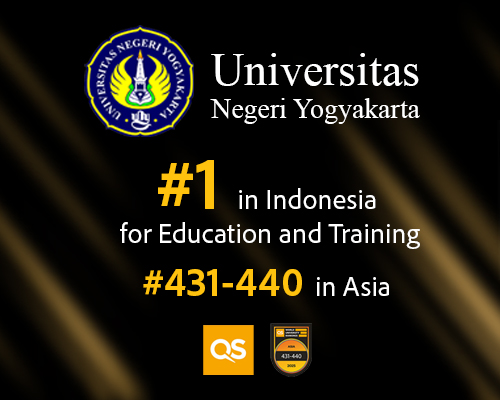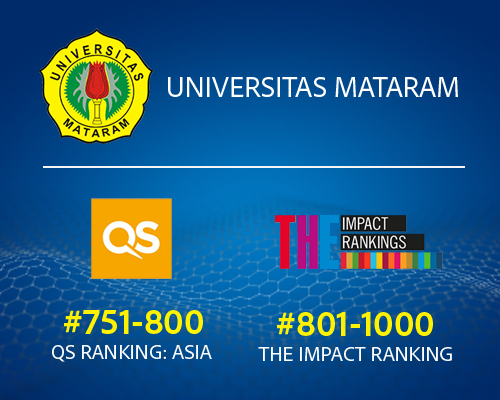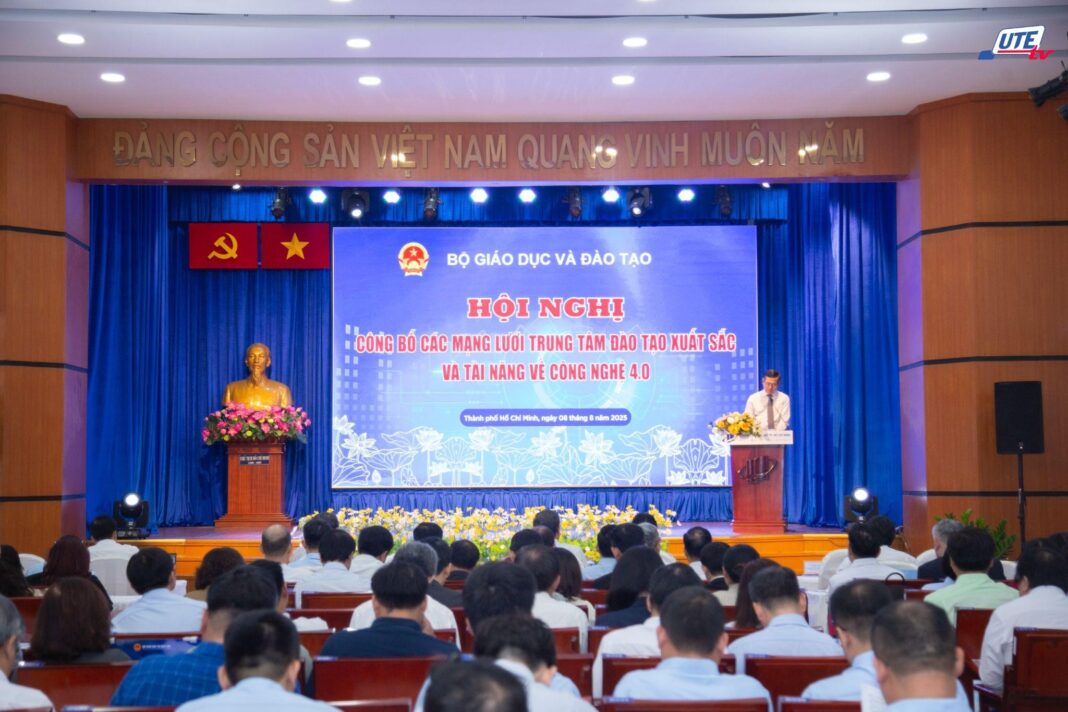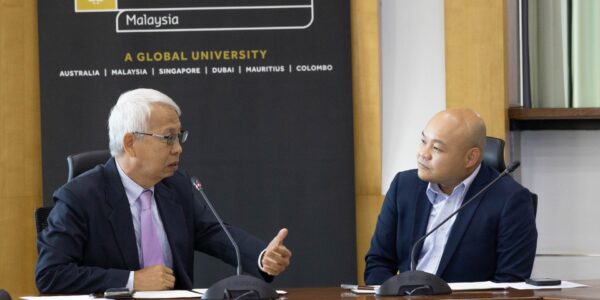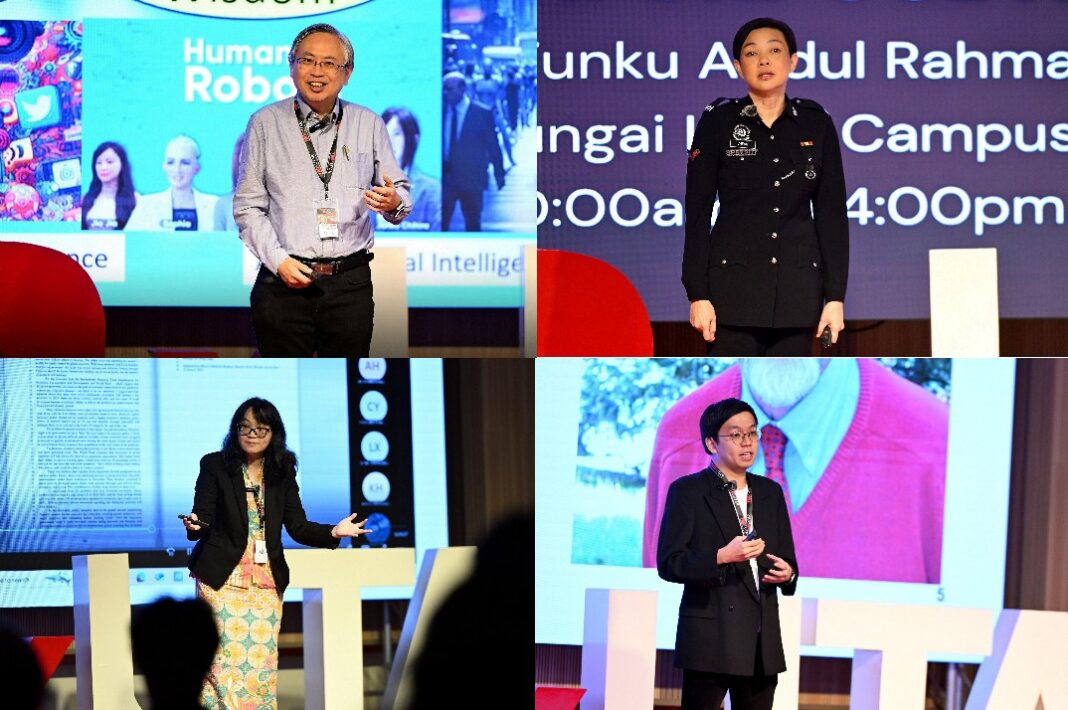Have you ever wondered how universities are shaping the future of clean energy in Vietnam? A groundbreaking initiative is transforming higher education by creating specialized networks that bridge academia, industry, and government to tackle the nation’s most pressing technological challenges.
HCMUTE Leads the Network of Centers of Excellence and Talent in Renewable Energy and Hydrogen Energy
Following the launch of seven Networks of Centers of Excellence in Northern Vietnam, on August 8, 2025, at Ho Chi Minh City Open University, the Ministry of Education and Training organized a conference to announce six Networks of Centers of Excellence and Talent in 4.0 Technology for the Central and Southern regions. This marks an important milestone in the implementation of the Prime Minister’s Decision No. 374 on developing a system of Centers of Excellence and Talent in key technology fields by 2030.
HCMUTE Takes the Lead in Green Energy Innovation
As one of the leading higher education institutions in engineering and technology, Ho Chi Minh City University of Technology and Education (HCMUTE) continues to affirm its pioneering role in the innovative higher education ecosystem. The university is spearheading the development and operation of the Network of Centers of Excellence and Talent in Renewable Energy and Hydrogen Energy—a key field in the nation’s green transition strategy.
Meanwhile, the network led by HCMUTE currently brings together 12 universities and four domestic and international enterprises, with plans to continue expanding in the near future. This collaboration represents a significant step toward addressing Vietnam’s growing clean energy demands.
Government Vision for Educational Excellence
Speaking at the conference, Deputy Minister of Education and Training Nguyen Van Phuc emphasized the crucial role of higher education institutions in training high-quality human resources and advancing science and technology. These institutions must meet the growing demands of businesses and the labor market through innovative approaches to education and research.
“The establishment of these networks today is not merely an announcement, but the beginning of a long-term development strategy aimed at innovating higher education and strengthening cooperation.”
The Deputy Minister stressed that these centers serve as effective connectors between the State, Academia, and Industry—a model that promises to revolutionize how Vietnam approaches technological advancement.
Strategic Development Through the Triple Helix Model
During the program, representatives of the six universities leading the networks in the Central and Southern regions presented their development directions and implementation plans. Representing HCMUTE, Assoc. Prof. Dr. Do Thanh Trung, Head of the Office of Science and Technology, presented the development direction for the renewable energy and hydrogen energy network.
Dr. Trung highlighted Vietnam’s vast potential in wind and solar power, noting that the demand for human resources and technology in this field is rapidly increasing amid the global energy transition. As a result, HCMUTE has been offering renewable energy programs since 2018 and has implemented numerous specialized research projects on renewable energy technology development.
Strong Academic Foundation
In particular, the university boasts a team of more than 20 PhD holders trained in countries with advanced renewable energy industries. This expertise provides a solid foundation for implementing the network and training high-quality human resources in sustainable energy technologies.
Furthermore, the network’s development model is based on the “triple helix” linkage connecting three critical sectors:
- State collaboration: Working closely with local departments and agencies to implement scientific and technological projects at both city and national levels
- Academic partnerships: Promoting cooperation with domestic and international universities and research institutes for joint interdisciplinary training and research
- Industry connections: Linking with domestic and international partners in renewable energy to jointly implement projects, invest in equipment, build laboratories, and carry out technology transfer
Four Strategic Pillars for Network Development
Beyond the linkage model, Assoc. Prof. Dr. Do Thanh emphasized four strategic pillars essential for the network’s success. First, in terms of mechanisms and policies, the network will establish clear operational regulations and focus on priority areas such as renewable energy and hydrogen production.
For example, human resources development will enhance faculty quality by sending lecturers to study in advanced countries and inviting international experts for collaborative research and teaching. Additionally, modern laboratories will receive significant investment to better support both training and research activities.
Finally, international cooperation and industry connections will expand relations with domestic and foreign corporations, as well as global organizations involved in clean energy projects worldwide.
Long-term Vision and Impact
With a comprehensive development strategy, the Network of Centers of Excellence in Renewable Energy and Hydrogen Energy led by HCMUTE is expected to become a prominent highlight in the national innovation ecosystem. The network aims to contribute significantly to training high-quality human resources, promoting applied research, and facilitating technology transfer in green and clean energy sectors.
The announcement of the networks for the Central and Southern regions once again affirms the pioneering role of Vietnamese universities in general, and HCMUTE in particular, in driving educational innovation and technological advancement. This initiative lays the foundation for sustainable collaboration among universities, enterprises, and government agencies toward achieving national sustainable development and digital transformation goals.
National Network Expansion
In total, there are 13 Networks of Centers of Excellence and Talent in 4.0 Technology, including seven in the Northern region and six in the Central and Southern regions. Each network is led by one university in a specific specialized field, with at least five other universities and several domestic and international enterprises participating.
Together, these networks organize outstanding programs for adaptive training, reskilling, upskilling, and specialized training to develop human resources in priority areas. In addition to leading the Renewable Energy and Hydrogen Energy field, HCMUTE also participates as a member in nine out of the 13 networks, leveraging its strengths in training and research across multiple technological domains.
Vietnam’s ambitious network of technological excellence centers represents more than just an educational initiative—it’s a blueprint for national transformation. As HCMUTE leads the charge in renewable energy and hydrogen technology, these collaborative networks promise to position Vietnam as a regional leader in clean energy innovation. The question now isn’t whether this model will succeed, but how quickly it can scale to meet the urgent demands of our rapidly changing energy landscape.


